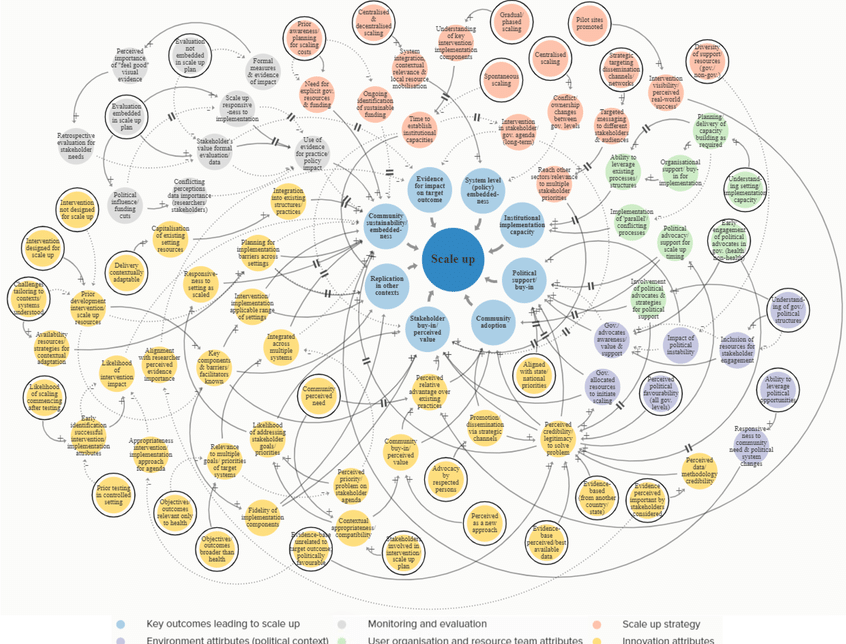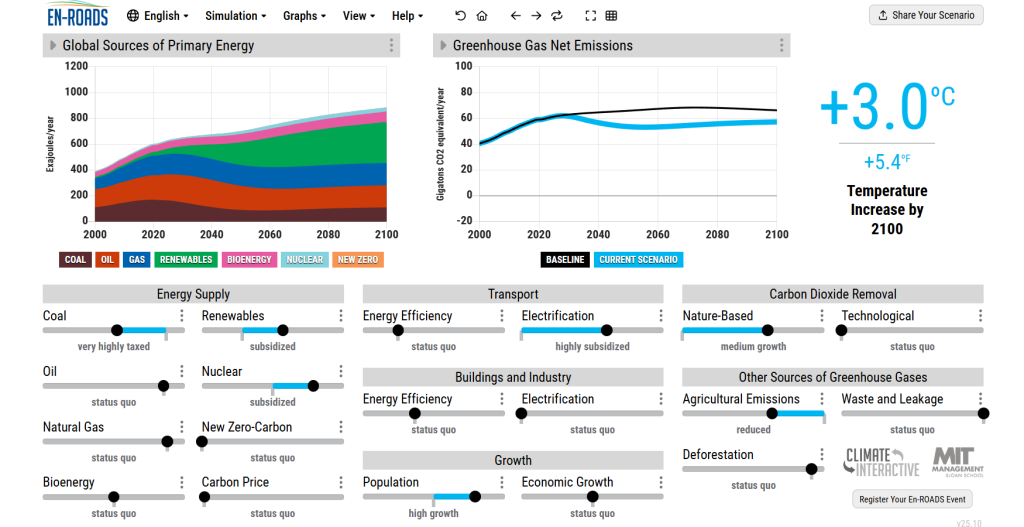
Seeing the Big Picture: How System Dynamics Can Transform Public Health
Public health challenges rarely have simple causes or single solutions. Obesity, addiction, pandemics, and climate change all emerge from complex systems: interacting networks of behavior, policy, economics, and environment. To make lasting change, public health leaders need tools that help them see the bigger picture.
That’s where System Dynamics comes in.
What Is System Dynamics?
System Dynamics is a method supported by computers for understanding how systems evolve over time. It enables practitioners to identify the interactions and influences between different components of a system, such as health behaviors, social policies, funding streams, and community feedback.
Originally developed at MIT in the 1950s, System Dynamics combines systems thinking (understanding relationships and feedback loops) with simulation modeling (quantifying how those relationships play out over time). The result is a powerful approach that goes beyond describing problems—it shows how they evolve, react, and respond to interventions.
By modeling feedback loops, time delays, and unintended consequences, System Dynamics helps decision-makers anticipate ripple effects that might otherwise be invisible.
Why It Matters for Public Health
Public health systems are filled with feedback: actions that produce reactions that, in turn, influence future actions. For example:
- Increasing access to mental health services may reduce emergency room visits, which in turn frees up funds for prevention programs.
- Expanding vaccination coverage lowers disease burden, which can reduce perceived risk and unintentionally decrease vaccine demand.
Traditional linear models miss these dynamics. System Dynamics embraces them. It provides a testbed for policy and a way to simulate interventions before implementing them in the real world.
The En-ROADS Example: Modeling Climate and Health Together
One of the most widely known System Dynamics applications is En-ROADS, an interactive climate solutions simulator developed by Climate Interactive, MIT Sloan, and Ventana Systems.
En-ROADS allows users to explore how different climate policies (like carbon pricing or electrifying transport) affect global outcomes such as temperature, air quality, and sea-level rise. It’s intuitive, evidence-based, and runs in seconds on any computer.

For public health practitioners, En-ROADS offers more than climate data—it offers systems insight. It shows how environmental policy, energy choices, and health equity are interconnected. When air quality improves, asthma rates fall. When clean energy grows, respiratory hospitalizations drop. System Dynamics turns these connections into visible, testable scenarios.
From Systems Thinking to System Dynamics
Systems thinking helps practitioners see how elements of a system influence one another. System Dynamics goes one step further by quantifying those relationships.
- Systems thinking is about why things happen.
- System Dynamics is about how much, how fast, and what happens next.
By translating mental models into computer simulations, practitioners can visualize change over time, whether in a city’s overdose crisis, an immunization campaign, or a food access system.
How Public Health Can Use System Dynamics
System Dynamics has already been applied to challenges such as infectious disease modeling, workforce planning, and behavioral health policy. Public health organizations can use it to:
- Design smarter interventions. Simulate potential outcomes before deploying costly programs.
- Anticipate unintended consequences. Understand how well-intentioned policies might backfire under real-world conditions.
- Engage communities and stakeholders. Group modeling sessions—where policymakers, community leaders, and researchers co-build models—can foster shared understanding and buy-in.
- Bridge data and storytelling. By visualizing change over time, System Dynamics helps turn data into narratives that motivate action.
Getting Started
You don’t need a PhD in modeling to start using System Dynamics. Tools like Stella Online and En-ROADS are free, web-based, and accessible for beginners. For those ready to go deeper, organizations like the Society for Systems Dynamics, the Creative Learning Exchange, and the Waters Center for Systems Thinking offer training and resources for educators and practitioners alike.
The Bottom Line
Public health doesn’t operate in isolation. It’s part of a living, breathing system. System Dynamics helps us see how today’s choices shape tomorrow’s outcomes. Whether tackling chronic disease, climate resilience, or community wellbeing, this approach invites us to think long-term, test our assumptions, and make decisions grounded in both evidence and complexity.
In a world that’s volatile, uncertain, complex, and ambiguous—what some call “VUCA”—System Dynamics offers clarity, connection, and hope.



